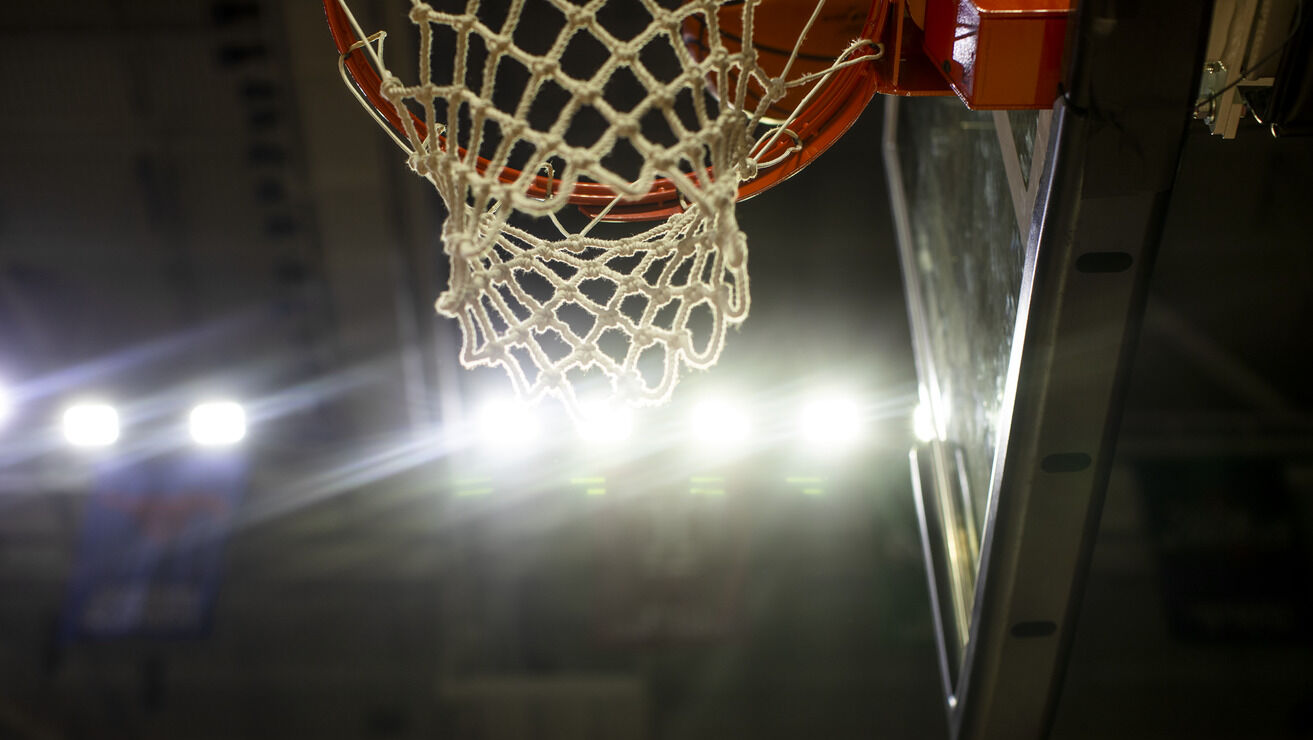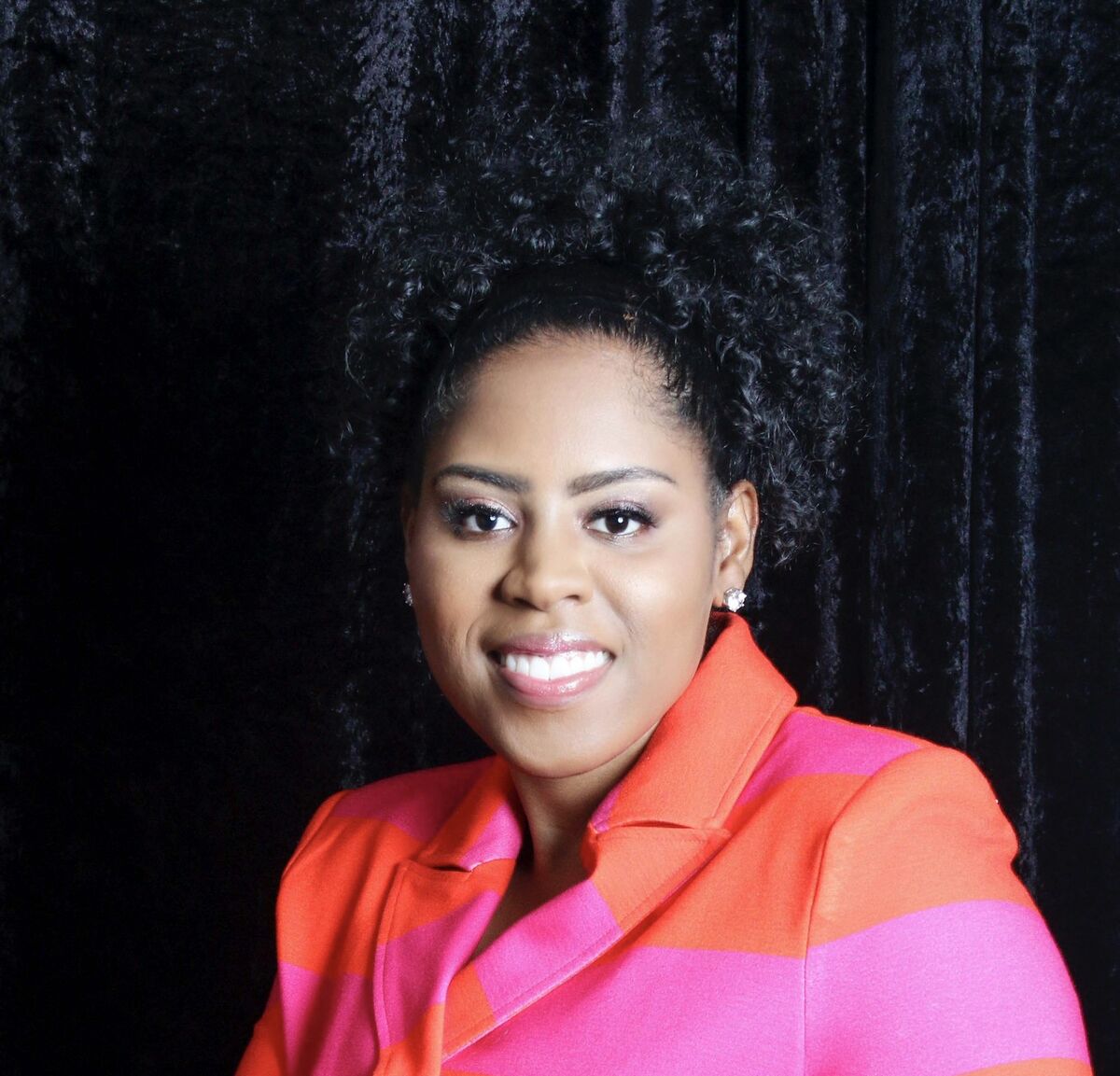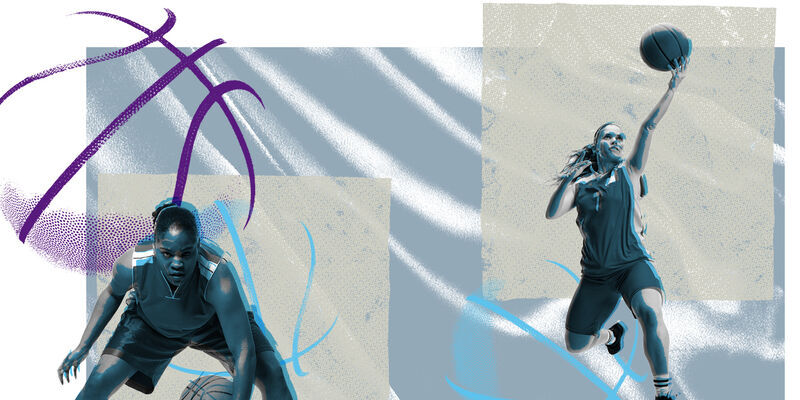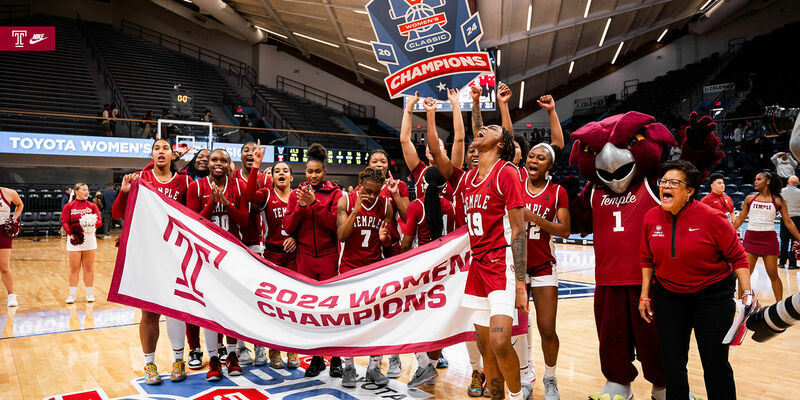Philadelphia is getting a WNBA team. What does this mean for the city and the league?
Ashley Gardner, assistant professor in Temple’s School of Sport, Tourism and Hospitality Management, explains the decision to expand to Philadelphia and the potential impact on the city and women’s basketball.

Welcome to the W, Philadelphia.
On Monday, June 30, the WNBA announced that a new franchise is coming to the city in 2030 as part of an overall expansion to 18 teams over the next five years. The Golden State Valkyries tipped off in May 2025, and Portland and Toronto are joining the league in 2026, followed by Cleveland in 2028 and Detroit in 2029.
The yet-to-be-named Philadelphia franchise will be owned and operated by Harris Blitzer Sports and Entertainment, which also owns the Philadelphia 76ers in the NBA. The women’s basketball club plans to play at the sport complex’s new arena in South Philadelphia, scheduled to be completed in 2031. If the space isn’t available earlier for the inaugural season in 2030, the team will be at the Wells Fargo Center, known as Xfinity Mobile Arena, starting Sept. 1.
Philadelphia’s bid for an expansion team, spearheaded by comedian Wanda Sykes and her wife Alex Niedbalski-Sykes, began in 2021. WNBA Commissioner Cathy Engelbert, who hails from nearby South Jersey, noted that the league considered market demographics, team facilities, college programs in the area and fan interest, among other factors, when deciding which cities would be awarded franchises.
This is the city’s first new major professional sports team since the MLS’ Union debuted in 2008. It is also the first women’s professional basketball team since the American Basketball League’s Philadelphia Rage, which played just one full season in the city and featured Philly and Temple University legend Dawn Staley.
This expansion news comes at a time of exponential growth for the WNBA. The league is experiencing significant increases in TV ratings, merchandise sales, attendance and revenue. According to research from Sportico, the current 13 teams surged in value by an average of 180% over the last year, more than double the previous largest year-over-year gain for a major sports league.
Temple Now spoke with Ashley Gardner, assistant professor in Temple’s School of Sport, Tourism and Hospitality Management, about the impetus for expanding to Philadelphia, the excitement surrounding the incoming WNBA team and the potential impact.
 (Photo courtesy of Ashley Gardner)
(Photo courtesy of Ashley Gardner)
Temple Now: Why do you think the WNBA chose to expand to Philadelphia?
Ashley Gardner: For at least five years, Philly has been in the conversation. We’ve been waiting for this moment for a while. Philadelphia is one of the best sports cities from a market and fan base perspective. Since it’s a large city, there’s a potential larger fan base. The fan culture plays a big role, especially since this is going to be the first major professional women’s sports team in Philadelphia. It’s important to consider the potential for women’s basketball in the city.
Also, when it comes to ownership and sponsors, investment is big. Philadelphia is primed for that. Ultimately, it came down to the market. The new team has a great ownership group, who also owns the 76ers. Clearly, the Sixers are all in. It’s huge to have support from your NBA counterpart. The owners are also committed to the new WNBA franchise having its own facilities, which is important too because historically this wasn’t the case for women’s teams.
It’s worth the risk to be the first professional women’s basketball team in Philadelphia. It has great potential. When I learned the news, my initial reaction was it’s about time. We’re getting what I think we deserve.
TN: What goes into bidding on an expansion team?
Gardner: Cities submit a proposal, and there’s a bidding packet. The league takes into account various factors. Within that packet, representatives from the WNBA likely talk about how these cities meet those factors, considering things like facilities, ownership, market, infrastructure, etc. Ultimately, Cathy Engelbert said the cities selected scored high on every factor considered. It’s a very robust process. I’m grateful that Philly submitted a strong proposal.
TN: What is the significance of bringing a women’s basketball team to Philadelphia? What do you anticipate the impact to be?
Gardner: The fact that it’s the first major women’s professional sports team in Philadelphia is significant.
The impact is uncertain, especially since it’s uncharted territory for Philadelphia. It’ll be interesting to see how the fan culture translates from men’s sports to women’s sports. I’m hopeful that the support will be there. I’m calling all sports fans from Philadelphia to give this team a chance and bring that same fan culture to this team. I find Philadelphia sports fans to be unique and peculiar. Because of this peculiar fan base, we have a shot at success, but we can’t put out a bad team. If the WNBA team starts winning, it’ll make a huge impact.
The media impact should be significant as well. According to Nielsen, the top five U.S. TV markets are New York, Los Angeles, Chicago, Philadelphia and Dallas, and Philadelphia was the only one on that list without a WNBA team. The league looks at the TV market.
TN: What makes Philadelphia a great basketball city?
Gardner: It’s the rich history. The Philadelphia 76ers did a great job of building this with players like Wilt Chamberlain, Dr. J, Moses Malone and Allen Iverson.
On the women’s side, we have Dawn Staley and Kahleah Copper, who’s from Philly and won a championship with the Chicago Sky. Her brand is the girl from North Philly. The tough, gritty basketball culture has to translate to this women’s basketball team.
TN: Could you please speak about the growth of the WNBA and women’s sports in general?
Gardner: It was inevitable. We just didn’t know when it was going to happen. As a society, we compare the men’s game to the women’s game, but what we don’t realize is that the WNBA wasn’t established until 1997, 50 years after the NBA began. If we were to compare, we could argue the WNBA is doing just as well as or is at an even greater place than where the NBA was in year 25 or year 30.
We’ve needed to give the WNBA time to grow and figure it out. The league is becoming more innovative and creative. Shout out to individuals like Roman King, the former creative director for the WNBA, and Shana Stephenson, the chief brand officer for the New York Liberty, for their radical innovation in the WNBA.
There are always people who don’t want to support women, but the league also has a niche demographic. The WNBA is finally getting recognition. The women’s game has always been entertaining, and now it’s getting more visibility and media coverage. I don’t think one particular player should get credit for the growth. I think it’s been a collective effort.


